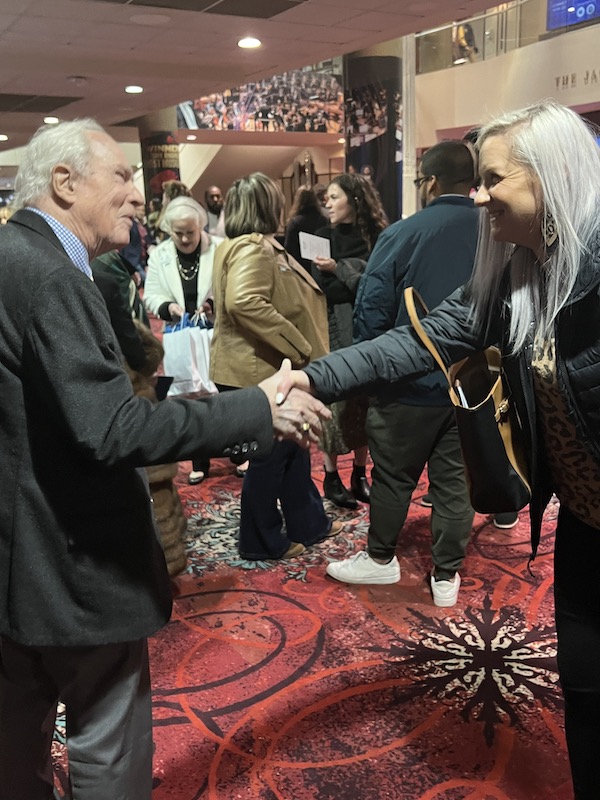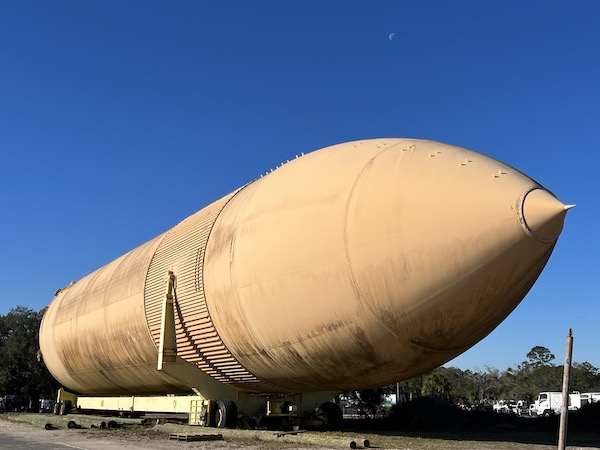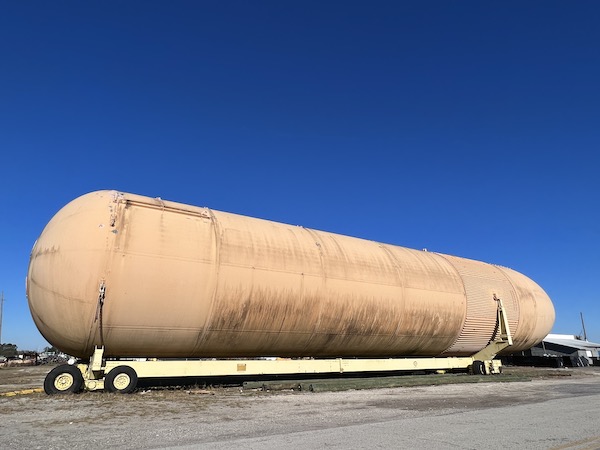David Scott, Moon Rover Driver Visits Jax
He was a Colonel in the United States Air Force and awarded the Distinguished Flying Cross and the NASA Distinguished Service Medal. He was a fighter pilot, test pilot and astronaut.

On January 20th, David Scott sat with his wife and daughter, at the front section of the Florida Times Union Center listening to the co-founder of Apple Computers, Steve Wozniak. We were in the room when his name was announced and he was asked to stand. The crowd went wild as he waved to the elite group.

Scott was the 7th person to walk on the moon according to NASA. His first flight was as a pilot along with Neil Armstrong on Gemini 8. He was one of a few who flew into space on several missions and was commander of Apollo 15.
After the speaker’s forum was over and Apple founder, Wozniak had left the stage, I told my daughter I’d meet her at the entrance of the building. I wanted to get a few photos and possibly meet Scott. As quickly as possible, I weaved through the out-going crown and stood beside the Astronaut, now 91 years old. A man had already gotten Scott’s attention and basically took over a great amount of his time. There was a line waiting to talk to Scott and then his wife and daughter began to encourage him to go into the aisle. While I did not shake his hand, we met eyes and I was able to get a few photos. To my surprise, my daughter was behind me clicking away as well.
We both followed he and his family out of the room and as he turned to go left, and as he turned to look right for passage, my daughter, Kristie Cross reached out and he shook her hand and gave her a kind greeting. “Just the simple shaking of the hand of the man who drove the first rover on the moon is enough to bring about a surreal feeling”. She said.

It was another good day in Jacksonville, Florida. Jan. 2024
See you tomorrow,
Nan







